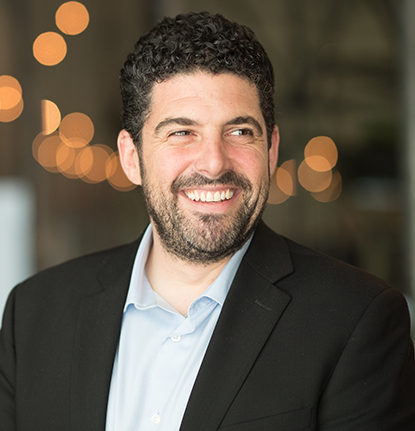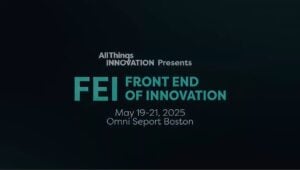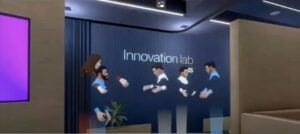Just what does the future of work look like with so much changing over the last few years? As it happened, Ranganathan spoke about the subject in her session at FEI.
“The session at FEI was about what the future of work is going to look like over the next decade or so, and I specifically focused on how the future of talent recruitment and development is going to look like,” she says. “There were two things we walked away with. One was skills as the currency of the future in talent. And the second is the framework that I call the 4G manager, the sort of managers that can help us move towards a skill space future.”
But what about thought leaders in innovation, that are time and again saying they can’t find the right talent for the organization? Should we try to build from within? Should we search in different channels?
“It actually makes me happy to hear that they’re facing that problem because you can only solve a problem that exists. And so we’re really glad this problem exists. Because the way we’ve hired conventionally has been really based on degrees or pedigrees where you studied, where you worked, what are all of the X’s on your LinkedIn profile. That is how we deem you suitable for the job we need you to do now. And so in the process of filtering people by their experience and their pedigree, we end up eliminating a large part of the talent pool that actually has the skills to be able to come do that job really well—and importantly has the fresh perspective to bring a lot of innovation to that job. So what I would say to a lot of those people is, if you were to pivot to a very different way of hiring, which I call skill space hiring, your talent pool could be ten times as wide as it is right now, and we wouldn’t be having this conversation,” asserts Ranganathan.
However, it can be challenging for firms, across whatever industry they are in, to make this kind of evolution in their hiring. How does that look when it succeeds?
She points out, “It’s easier for some job families than others. For some job families, it’s easy to boil it down to a bunch of very specific skills that are needed to succeed at the job. What skill space hiring looks like very tactically is you write out your conventional job description, and now you examine three things closely. Number one, what are all the industry specific things you’ve asked for? Number two, how have you described the job function this person needs to have done for X number of years. Number three, what are the degrees that you’ve asked for? And you get really intellectually honest with yourself and you ask are those three really necessary to do this job? Can I pull some of those out and replace them with some of those concrete skills that are needed to succeed in this job? To me, that is the simplest, but the most effective tactic to get started on skills-based hiring.”
That might be well and good from the organizational perspective. But what about from the candidate perspective? Just how is the skills-based methodology providing an advantage in the marketplace. Ranganathan feels there is a two-sided marketplace. There’s the hirer and there’s a job seeker.
She continues, “From a job seeker’s perspective, you want to start getting fluent in how the job description is evolving to describe those roles that you’re really interested in. And what kind of skills language are they using in there? Step two, how many of those skills can I honestly say that I have accumulated in my experience? And to what extent can I write that out in a way that feels credible? And now step three, update your LinkedIn profile, update your resume with that skills language rather than with all of that experience-based language.”
Of course, we might not be there quite yet, but after all, we are exploring the future of work. “I’m not saying it has to be one or the other, but it’s a bit of a yes and so now you can be found by the more progressive employers that are doing skill based hiring but your resume is also good enough to get noticed by very conventional hires who are doing more experience-based hiring,” she says.
For more on Seth Adler and Sudha Ranganathan’s conversation on the innovation talent pool, how diversity fits in, the greater appreciation for how work gets done—and even the downfall of competent jerks—check out the full FEI video.
Contributors
-

Seth Adler heads up All Things Insights & All Things Innovation. He has spent his career bringing people together around content. He has a dynamic background producing events, podcasts, video, and the written word.
View all posts -

Matthew Kramer is the Digital Editor for All Things Insights & All Things Innovation. He has over 20 years of experience working in publishing and media companies, on a variety of business-to-business publications, websites and trade shows.
View all posts




































































































































































































